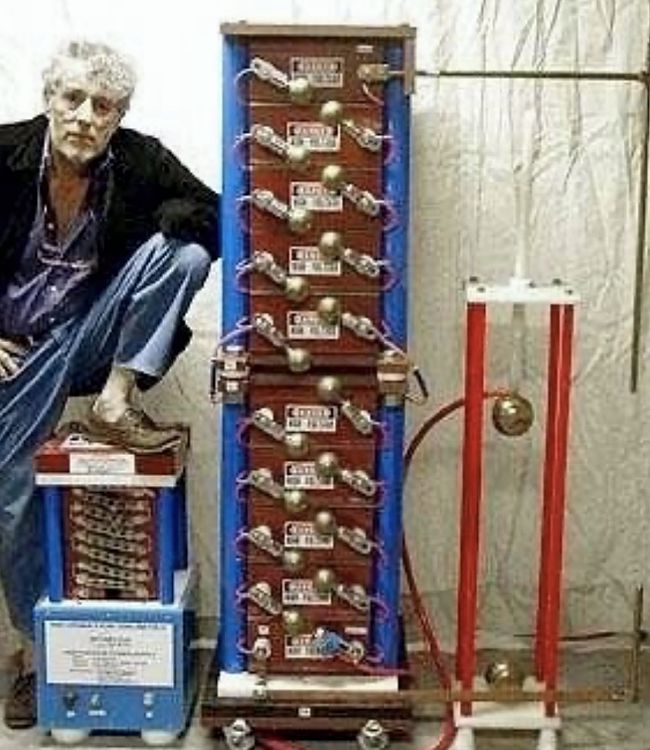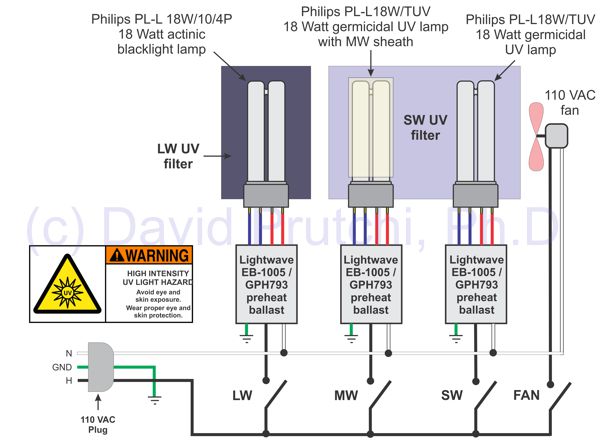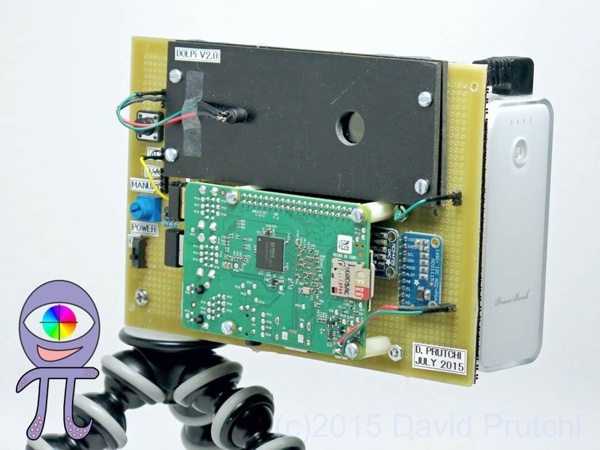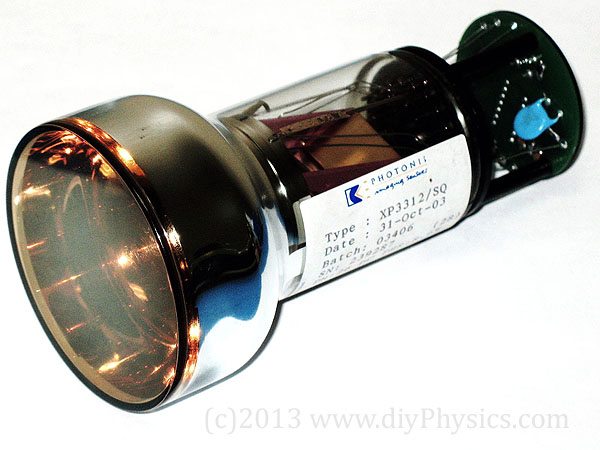
Image Credit: OpenQuantum
Last weekend, Max Shirokawa Aalto presented his OpenQuantum project at the 2023 Hackaday Superconference. OpenQuantum’s platform is a fully open-source magneto-optical trap which can be used to collect, control, and manipulate ultracold rubidium atoms.
The design is fully open-source, and includes all the CAD files, machining instructions, electronics schematics, PCB files, firmware, and software necessary to build the apparatus for around $8k, which is significantly cheaper (by two orders of magnitude) than commercial solutions.
In his excellent talk, Max introduced the principle of atomic cooling and trapping using magnetic fields and lasers. He then discussed the 3D-printed laser and system for observing the absorption spectrum of atoms, and touched on the high-vacuum system needed for a fully-operational trap.
Max envisions OpenQuantum to be a platform that can be used for teaching Quantum Mechanics, as well as the basis for developing new quantum technologies. Max is looking for collaborators for his exciting project. You may contact him at: team@open-quantum.org
The following YouTube video shows the talk that Max presented at the Quantum Village at DEFCON 31:















 Andrew Gliesman sent me these pictures of his DOLPi Visor replication along with a very kind note.
Andrew Gliesman sent me these pictures of his DOLPi Visor replication along with a very kind note.



 Sphere Research is clearing out all the Philips PMT assemblies they have in stock to empty their expensive off-site rental storage space. While stock is available, you can order any PMT shown as a Philips Medical Systems assembly at the beginning of this page for only $25 +shipping:
Sphere Research is clearing out all the Philips PMT assemblies they have in stock to empty their expensive off-site rental storage space. While stock is available, you can order any PMT shown as a Philips Medical Systems assembly at the beginning of this page for only $25 +shipping: